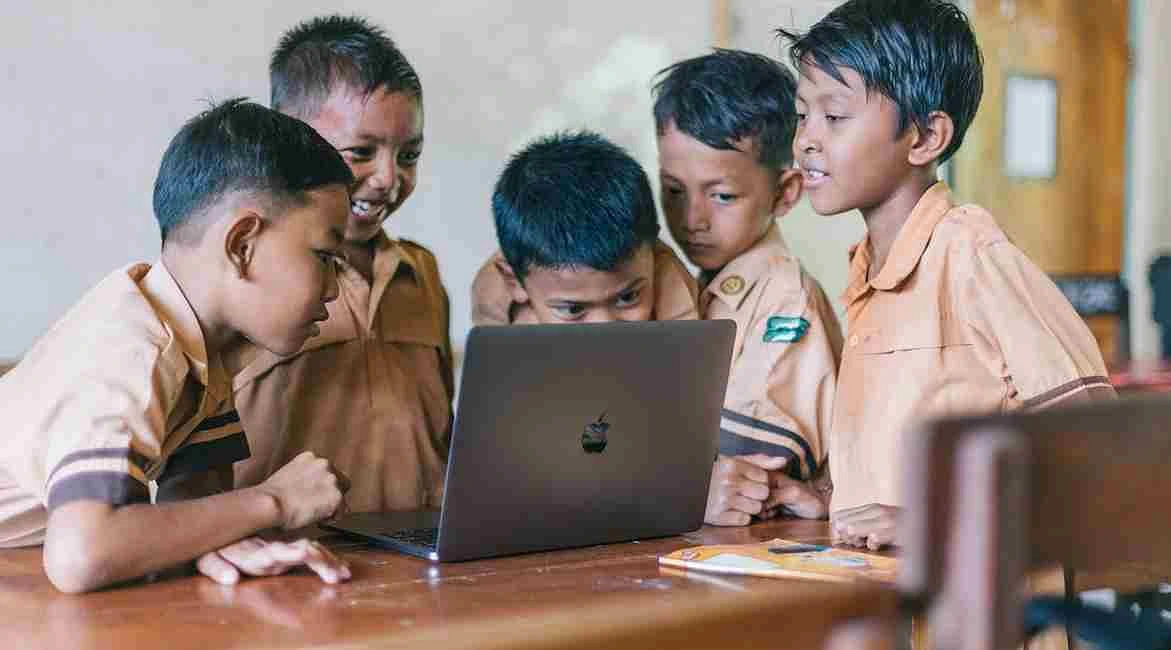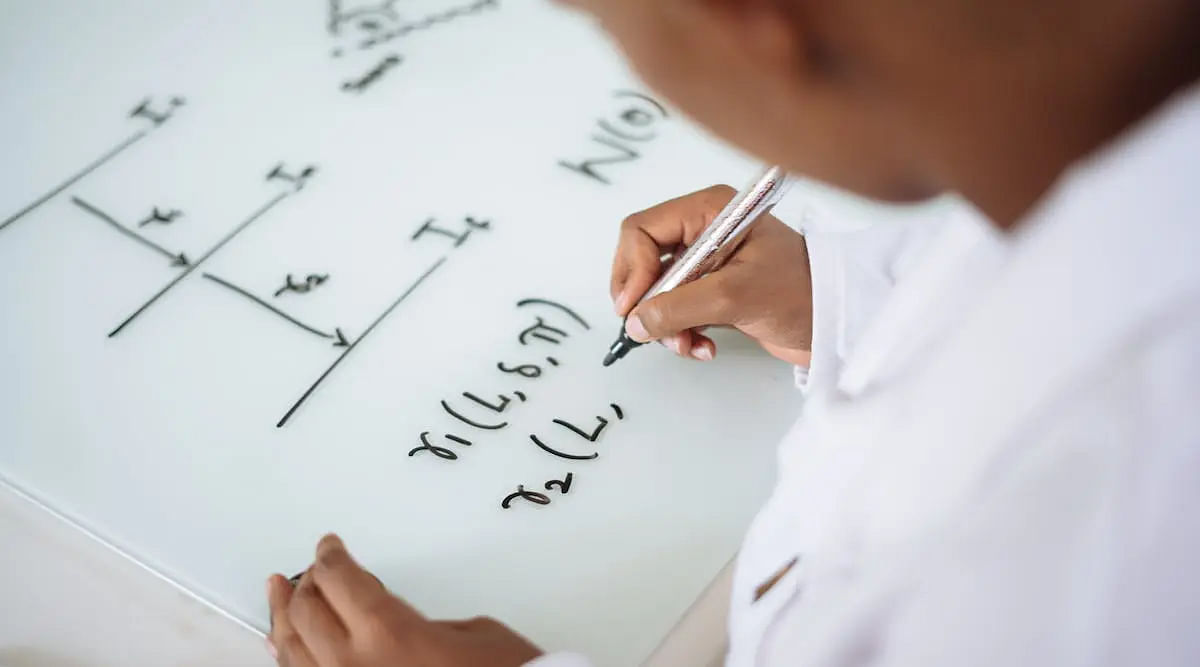CBSE 12th Board Exams Scheduled Next Week: Check CBSE 12th Physics Chapter 11 Important Questions
The Central Board of Secondary Education authorities will be holding the class 12 Board exams from Feb 15 onwards. It is advisable to prepare CBSE 12th Physics Dual Nature of Radiation and Matter for a good score.
CBSE 12th Physics Chapter 11 Important Questions: The Central Board of Secondary Education authorities will hold the class 12 Board exams from Feb 15 onwards. The candidates in the midst of CBSE 12th physics revision must note that the last exam is scheduled on Apr 5, 2023. The Physics exam is scheduled to be conducted on Mar 6, 2023. Therefore, the candidates must focus on CBSE 12th Physics Chapter 11 important questions
It is highly advised for all the applicants to prepare for CBSE 12th Physics Dual Nature of Radiation and Matter and go through all the essential questions to score well in the exam. Further, a thorough study of the CBSE 12th Physics Important Questions from Chapter 11 would bring the applicants one step closer to a better score
Also Read: CBSE 12th Physics Chapter 9 Important Questions
CBSE 12th Physics Chapter 11 Important Questions
Candidates must refer to the following to prepare for the CBSE 12th Physics Chapter 11 Important Questions.
- Question: Explain how are their kinetic energies related to each other if an electron and alpha particle have the same de-Broglie wavelength associated with them. (Delhi 2008)
- Answer:

- Question 2: What is the maximum kinetic energy of the photoelectrons emitted if the stopping potential in an experiment on photoelectric effect is 1.5 V? (All India 2008)
Answer: K.E. of the electron e– = 1.5 eV - Question 3: What is the stopping potential for photoelectron stopping potential with a maximum kinetic energy of a photoelectron is 3 eV. (All India 2008)
Answer:
- Question 4: With relation to photoelectric effect, explain the term ‘stopping potential’. (All India 2011)
Answer: The value of the retarding potential at which the photo electric current becomes zero is called cut off or stopping potential for the given frequency of the incident radiation. - Question 5: Define the de-Broglie hypothesis. (Delhi 2011)
Answer: According to de-Broglie hypothesis, a particle of mass on moving with given velocity v must be associated with a matter waver of wavelength X given by:
- Question 6. Graphically portray the variation of the de- Broglie wavelength (λ) with the potential (V) through which an electron is accelerated from rest.
Answer: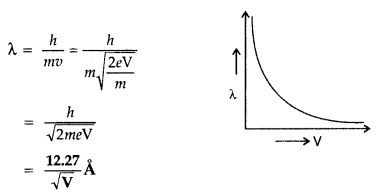
- Question 7: Which one among a proton and an electron with the same kinetic energy has the smaller de-Broglie wavelength and why? (All India 2011)
Answer: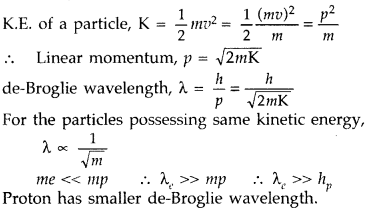
- Question 8: Which proton and an electron with the same kinetic energy would have the greater de-Broglie wavelength and why? (All India 2011)
Answer: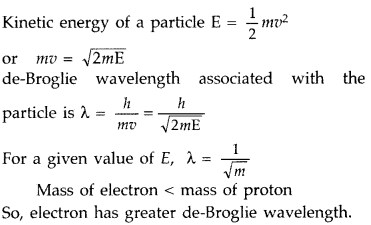
- Question 9: State the ‘intensity’ of radiation in photon picture of light. (Comptt. Delhi 2011 Answer: It is the number of photo electrons emitted per second.
- Question 10: State the reason why the photoelectric emission is not possible at all frequencies? (Comptt. All India 2011)
Answer: Photoelectric emission is possible only if the energy of the incident photon (hv) is greater than the work function (ω0 = hv0) of the metal. Hence the frequency v of the incident radiation must be greater than the threshold frequency v0.
